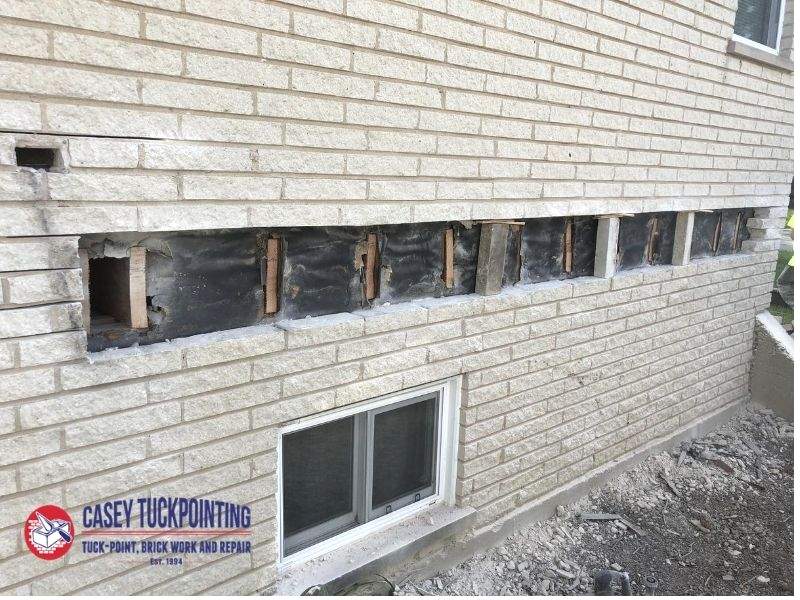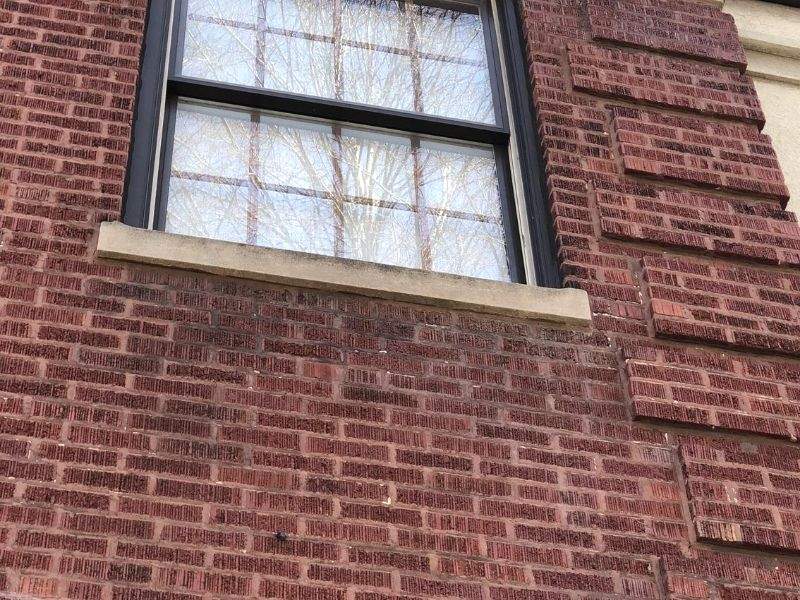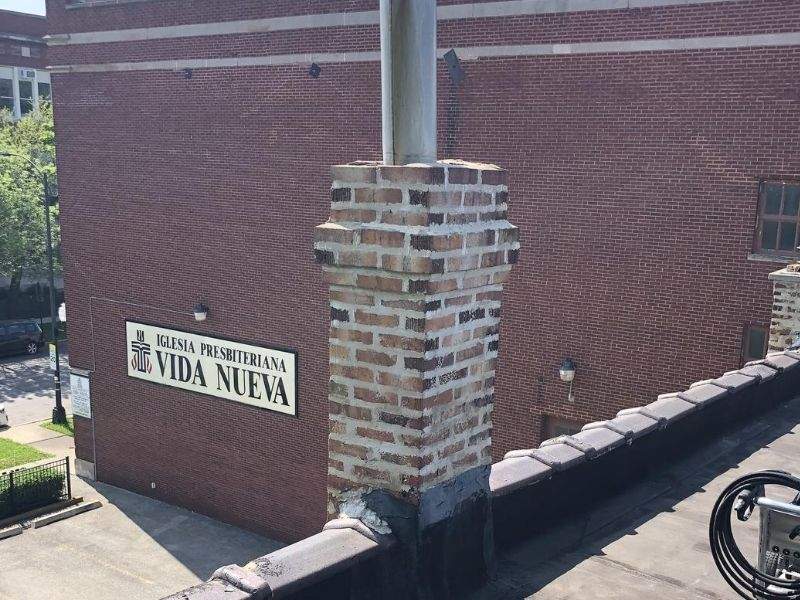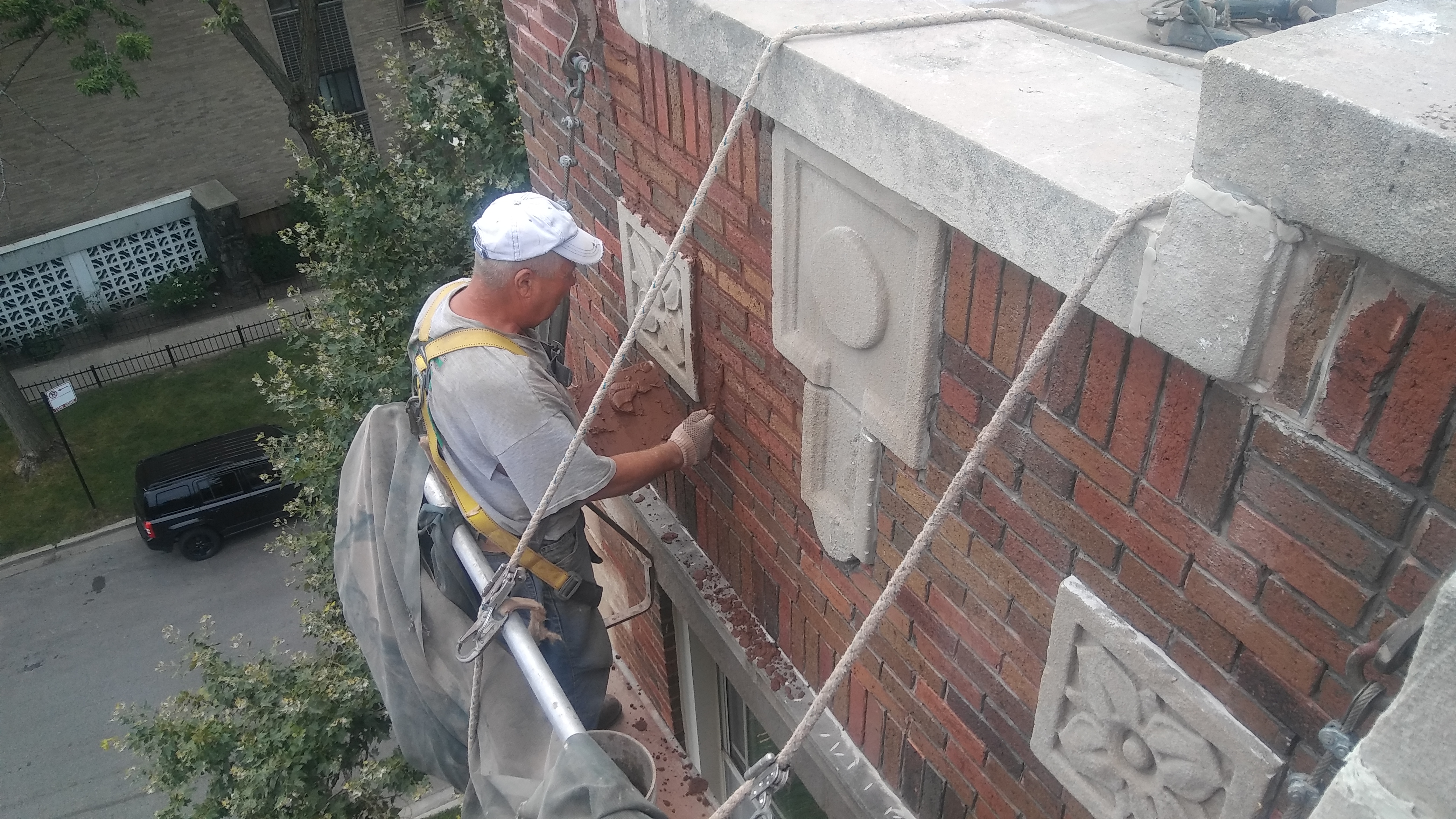Brick is a material with a soul and a lifetime above average. However, brick and masonry deteriorate over time. Old walls with worn mortar joints become weaker, increase heat losses, and are a place where insects nest. An old house, a brick chimney, or a masonry facade may have its own charm, but it also requires periodic maintenance and upkeep. Tuckpointing masonry repair should be done by professional Chicago masonry contractors who have the knowledge and experience to provide a range of masonry services.
Masonry brick walls and chimneys are solid and long-lasting. However, Chicago residents who own old brick houses claim to be facing a few problems as the building gets older. Secret passages for mice, wasp nests, and swarms of flies hibernating in crevices are side effects of broken joints between bricks. Broken masonry can also mean higher energy bills during cold fall and winter months and high moisture and humidity levels which can result in regular wetting of the bricks.
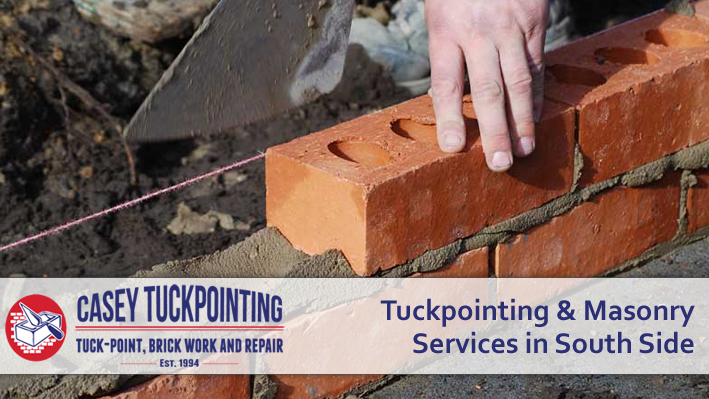
If your old home is showing similar symptoms, it’s time to call professional Chicago masonry contractors at Casey Tuckpotining who will take care of any problems your house may be facing. There are many different methods of rebuilding stone walls, however, there are some general guidelines that tuckpointing contractors should follow.
Inspection
A tuck point repair done by professional Chicago masonry contractors should start with a thorough inspection. Tuckpointing only makes sense if the bricks are in good condition. If they crumble and fall off, tuckpointing will not resolve serious structural issues if too many bricks have suffered mechanical damage. If only individual bricks are damaged, the project has a chance of success. Chipped edges can be protected during tuckpointing. In some cases, a heavily shattered brick can be removed and replaced, but any such intervention can weaken the masonry structure. A critically damaged brick can also be supplemented with a clinker tile glued with a special highly flexible frost-resistant glue.
Preparation
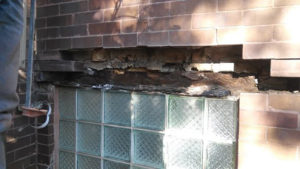 We should remove any loose or disintegrated mortar from the brick wall we intend to tuckpoint. If there is such a need – old joints, moss residues, dirt and grime should be mechanically removed using a wet sponge or a wire brush. The brick surface should also be cleaned at this point.
We should remove any loose or disintegrated mortar from the brick wall we intend to tuckpoint. If there is such a need – old joints, moss residues, dirt and grime should be mechanically removed using a wet sponge or a wire brush. The brick surface should also be cleaned at this point.
To prevent the joints from excessively sticking to the bricks, their surface must be coated with a special clinker oil. This oily coating will make it easier to remove any traces of grout from the bricks. This type of work should not be carried out on rainy days to prevent the possibility of flushing out the newly laid joints.
Mortar and Tuckpointing Tools
There are several types of mortars available on the market that will be suitable for tuckpointing bricks. However, traditional cement-lime mortar can also be used. While tuckpointing brick, it is particularly important that the mortar has a semi-dry consistency. It should be formable and remain safely in the fracture without dripping.
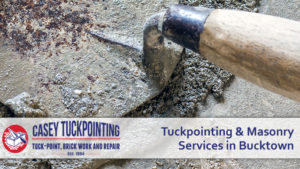
Chicago masonry contractors have many options when it comes to tuckpointing tools. From tuckpointing blades to grinders and trowels – the choice of tools depends on the building’s architecture and the way the tuck point contractors decide to perform the masonry repair.
It is worth starting tuckpointing masonry repair by filling the deepest gaps or cavities between the bricks with mortar, only then the areas closer to the edges of the gaps can be gradually filled. The horizontal joints between the bricks should be applied first, then the vertical ones. Masonry contractors apply them to the level of the brick face or slightly below it. The concavity of the joints will keep them clean and will also improve the overall appearance of the wall.
Final touches
It is best to start cleaning the bricks from the remnants of the mortar immediately after filling the joints. About 1 hour after finishing applying the mortar the removal of any residues is the easiest and safest.
The joints are fully hardened and set after approximately 12 to 24 hours.
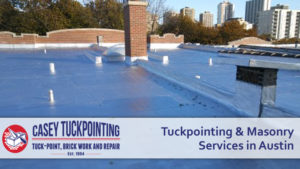 After cleaning and filling the joints, the whole thing can be impregnated. The impregnation will protect the face of the bricks and the joints against moisture and water that will run off the wall without penetrating it. If you want to give yourself peace of mind for many years, you can use nanoimpregnates which, apart from creating a protective coating, will penetrate the structure of the material and crystallize in free spaces. Unfortunately, they are much more expensive but very powerful and effective.
After cleaning and filling the joints, the whole thing can be impregnated. The impregnation will protect the face of the bricks and the joints against moisture and water that will run off the wall without penetrating it. If you want to give yourself peace of mind for many years, you can use nanoimpregnates which, apart from creating a protective coating, will penetrate the structure of the material and crystallize in free spaces. Unfortunately, they are much more expensive but very powerful and effective.
Tuck Pointing Chicago
Tuckpointing is a complex and fiddly process and should be done by professionals.
If you are looking for masonry contractors in Chicago who will do the job safely and effectively, contact Casey Tuckpointing.
Our trained Chicago masonry contractors have extensive experience in chimney tuckpoint, glass block windows repair, masonry façade repair, rebuilding stone walls and many more.
Call us at (847) 962-6309 and we will get you all the details needed about the next steps, estimated costs, a quote and timeline for completion.

